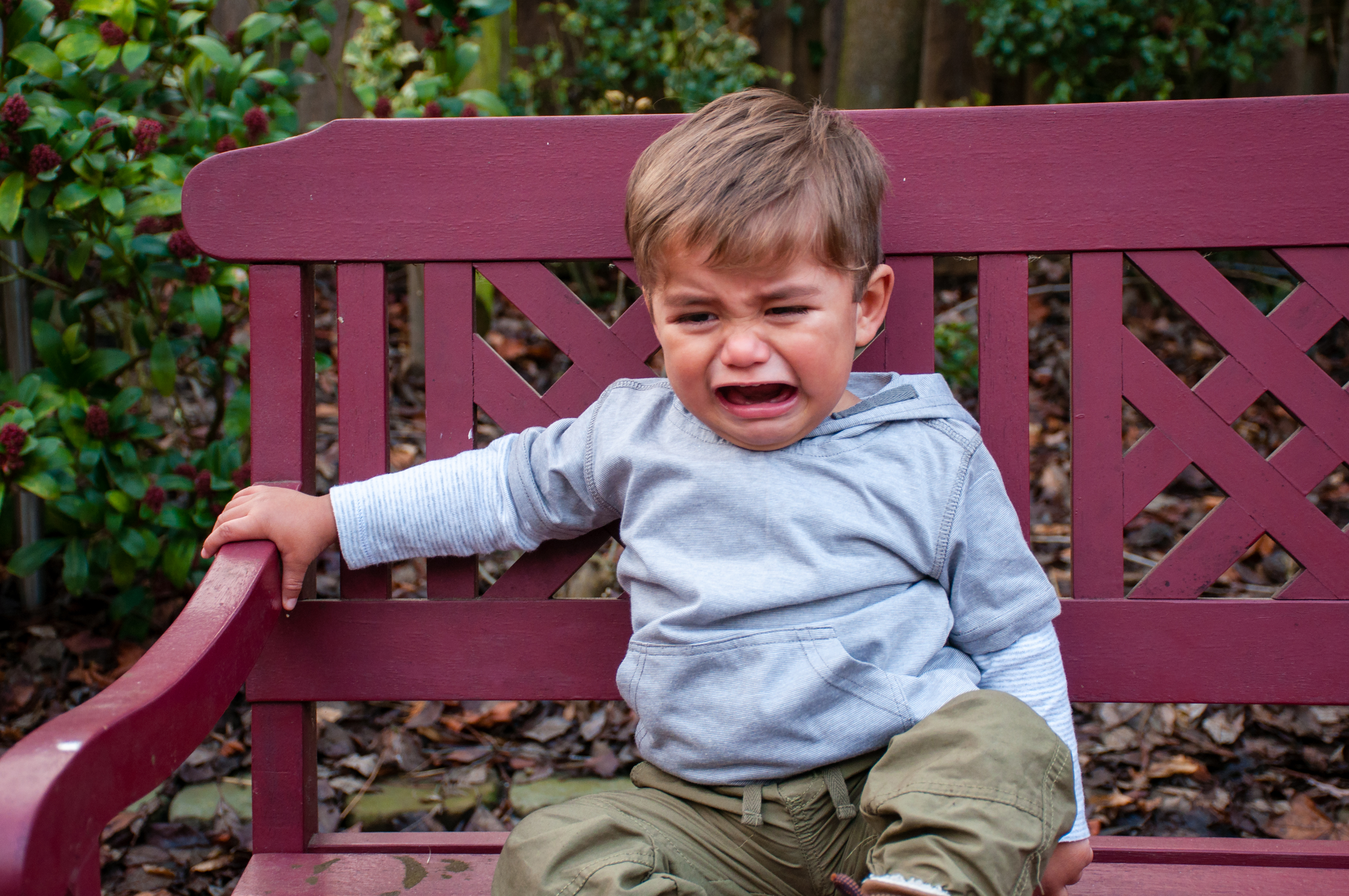 According to Parenting.com, the phrase “Terrible Twos” was first used in the 1950s. They suggest that it was coined at a time when “so much pressure was put on families to be detergent-commercial perfect that the moment a child grew out of compliant infancy, moms were freaked out.”
According to Parenting.com, the phrase “Terrible Twos” was first used in the 1950s. They suggest that it was coined at a time when “so much pressure was put on families to be detergent-commercial perfect that the moment a child grew out of compliant infancy, moms were freaked out.”
An expert quoted in this article notes that, although 2-year-old toddlers are being singled out for temper tantrums, in reality, youngsters may test their limits in this way from about ages 1 to 4. Another expert shares how one child may more or less “skip the meltdown stage altogether,” while another might seem to throw tantrums for years. The average toddler, of course, falls somewhere in the middle.
Temper tantrums occur at a time when toddlers are growing rapidly, wanting to test their abilities. When they feel as though that’s being thwarted, they can get quite frustrated — at an age where they typically can’t use language well enough to ask for the help they need. In other words, it’s a perfectly logical stage in child development that can also feel quite challenging, to toddlers and parents alike.
Navigating the Terrible Twos
The Cleveland Clinic offers plenty of suggestions, with nap time understandably topping the list. If you can plan nap time around errands, for example, your toddler will likely be more cooperative. Also, stick to a meal schedule and try not to go out when your child might be hungry. Pack healthy snacks and drinks when you do travel.
It can also help to talk through triggering events ahead of time. The example provided centers on candy. If you’re going into a store, and you’re not going to buy a candy bar, let your toddler know before you go in. You could also let your child know that he or she can have a treat at home if all goes well in the store.
An expert at the Mayo Clinic also provides tips, including to recognize that you will occasionally lose patience with your toddler during this stage of development. Your child, likewise, will sometimes feel impatient with you. What can help: Stay calm and do your best to redirect your child’s attention. I that doesn’t work, it’s OK to ignore frustrating behavior.
If you’re out in public, you can take your child somewhere else without making a fuss, and wait, without discussion, for him or her to calm down before returning to your activity. Look for opportunities when your child behaves well and praise that behavior.
When you accept your child’s natural development, offering love and respect, your child will gain confidence and eventually move beyond the Terrible Twos! Experts like to remind parents that their children will not act like this in college.
Parents.com also has tips for frazzled parents. For example, it’s best to avoid power struggles with your toddler. Usually, the harder you push, the more pushback you’ll get, and you’ll both become even more frustrated.
Help your toddler to want to behave in a certain way, and you’ll be much more likely to find success. As just one example, think about the concept of potty training. That is you as a parent trying to take charge of your child’s body and training him or her how to act. Instead, think about “potty mastery,” then you’re in the mindset of empowering your young child to recognize the need to use the potty chair or toilet, and then doing so.
Here’s a bonus tip: deep breathing.




